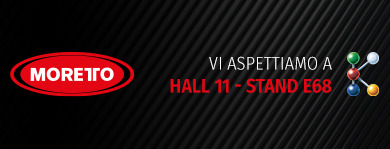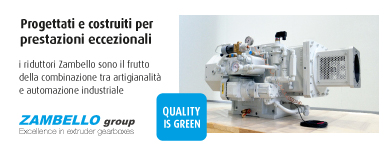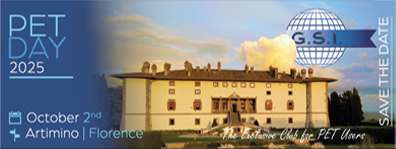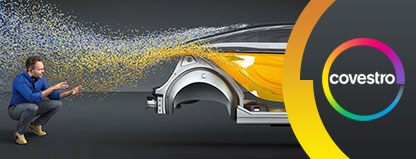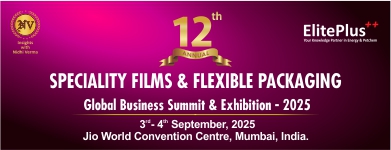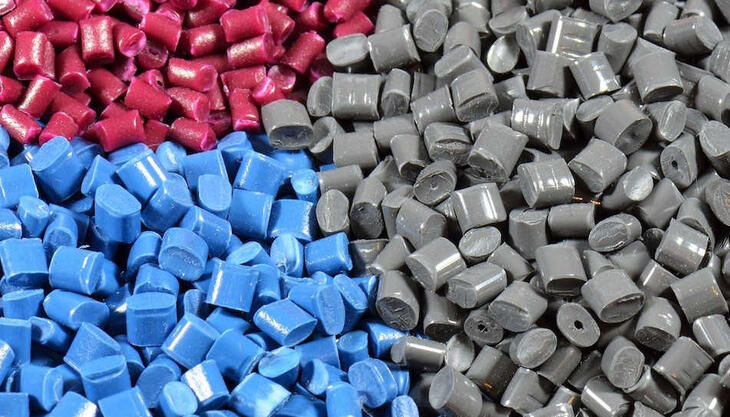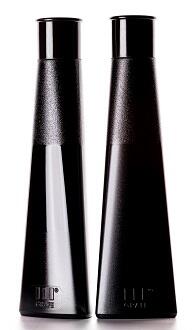
The trend towards matte surfaces is still continuing. For a few years now, new vehicle models with an extremely matt surface have become more common on the market, standing out clearly from the previous cars that had a metallic finish. This trend is, however, also noticeable in the consumer goods sector and is desired by many consumers when it comes to elegant, exclusive surfaces. In addition to the requirements of a modern, matte appearance, though, demands for a resistant, scratch-resistant surface are also increasing at the same time. So far, however, this impression has only been possible by means of an expensive reworking or treatment by painting, sandblasting or the use of soft paint or IML films.
The Grafe Group from Blankenhain, Germany, has developed a matting agent with which different surface effects can be represented with a single tool. The addition of this additive occurs directly in the manufacturing process of the plastic component (injection and extrusion).
“With the help of our matting agent, glossy and matt surface effects can be realized in a single tool”, says Danny Ludwig, director of the Grafe Design Center. “As a result, plastics processors can dispense with the use of an eroded or etched injection mould. This not only saves costs but also adds production fl exibility”, the expert explains.
The matting agent is embedded in the plastic melt and produces a diffuse light refraction/ scattering, even in the case of polished mould surfaces. “This creates a matte, satin fi nish with a velvety feel”, adds Ludwig. However, the product can do even more - it also provides somewhat improved scratch resistance. This not only enables customers to generate added value in their process but fi nished components are also easier to handle, and the fi nal consumer receives a single, effi cient product with an optimized service life.






